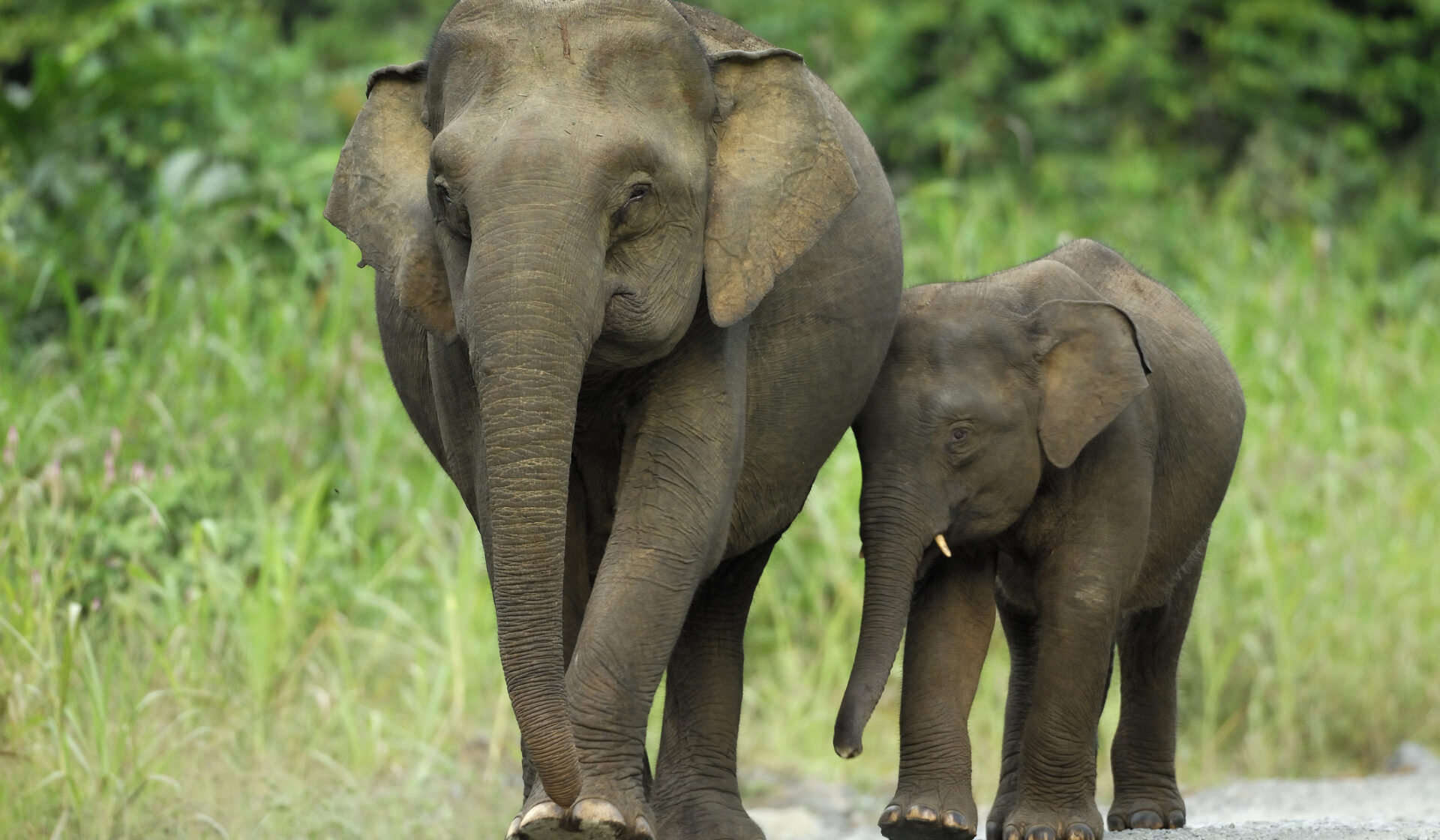Among the new species identified as threatened are the Copiapoa cacti, the Bornean elephant, and the Gran Canaria giant lizard.
The Copiapoa cacti species is native to Chile’s Atacama coastal desert. It has seen its numbers diminished by illegal trade, which has surged due to their popularity as houseplants. Home aesthetic social media accounts have exacerbated this trend, allowing enthusiasts and traders to showcase and sell the cacti more easily.
‘It is easy to distinguish if Copiapoa cacti have been poached or grown in a greenhouse,’ said Pablo Guerrero, a member of the IUCN’s group on plants.
‘Poached Copiapoa have a grey tone and are coated in a dusty-looking bloom that protects the plants in one of the driest deserts on Earth, whereas cultivated plants appear greener.’
According to the IUCN, 82 percent of Copiapoa species are now at risk of extinction, an increase from 55 percent in 2013. The expansion of roads and housing in the Atacama region has facilitated access to these plants, further endangering them.
The Asian elephant in Borneo has also been highlighted as an endangered species in the 2024 update.
The population of Bornean elephants has dwindled to approximately 1,000 individuals in the wild. Its decline is primarily due to extensive logging activity in Borneo, which has destroyed much of the elephants’ habitat.
Other threats include conflicts with humans, habitat loss due to agriculture and timber plantations, mining, infrastructure development, poaching, exposure to agrochemicals, and vehicle collisions.
The Red List also underscores the dramatic decline of endemic reptiles on the Canary Islands and Ibiza. The Gran Canaria giant lizard and skink populations have suffered due to predation by invasive snakes, leading to a significant reduction in their numbers.
Despite these distressing discoveries, the IUCN report also highlights a great success story: the recovery of the Iberian lynx.
Once on the brink of extinction, the Iberian lynx population has rebounded significantly, from just 62 mature individuals in 2001 to over 2,000 today.
Their resurgence is attributed to extensive conservation efforts, including habitat restoration, as well as increasing the population of their primary prey (the European rabbit), and boosting genetic diversity through relocations and controlled breeding programs.
Francisco Javier Salcedo Ortiz, who led the conservation efforts for the Iberian lynx, described the species’ recovery as ‘the greatest recovery of a cat species ever achieved through conservation.’
Since 2010, more than 400 Iberian lynx have been reintroduced to parts of Portugal and Spain.
Despite these achievements, Salcedo Ortiz cautioned that ongoing threats, such as prey population fluctuations, poaching, and road kills, means there’s still a lot of work to do to to keep Iberian lynx populations up.
The IUCN’s Red List continues to serve as a critical tool for understanding and addressing the challenges facing global biodiversity.
While the increasing number of threatened species is a cause for concern, success stories like that of the Iberian lynx offer hope, while demonstrating the potential effective conservation efforts truly have.





















